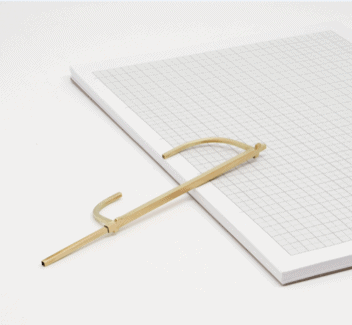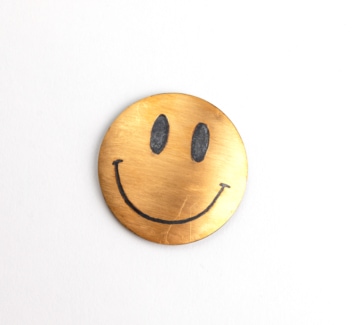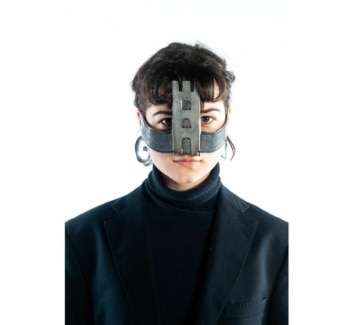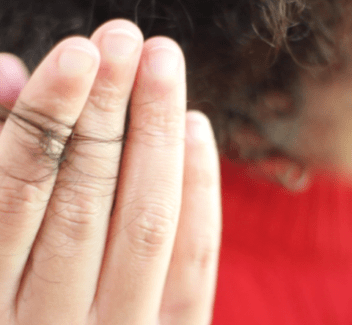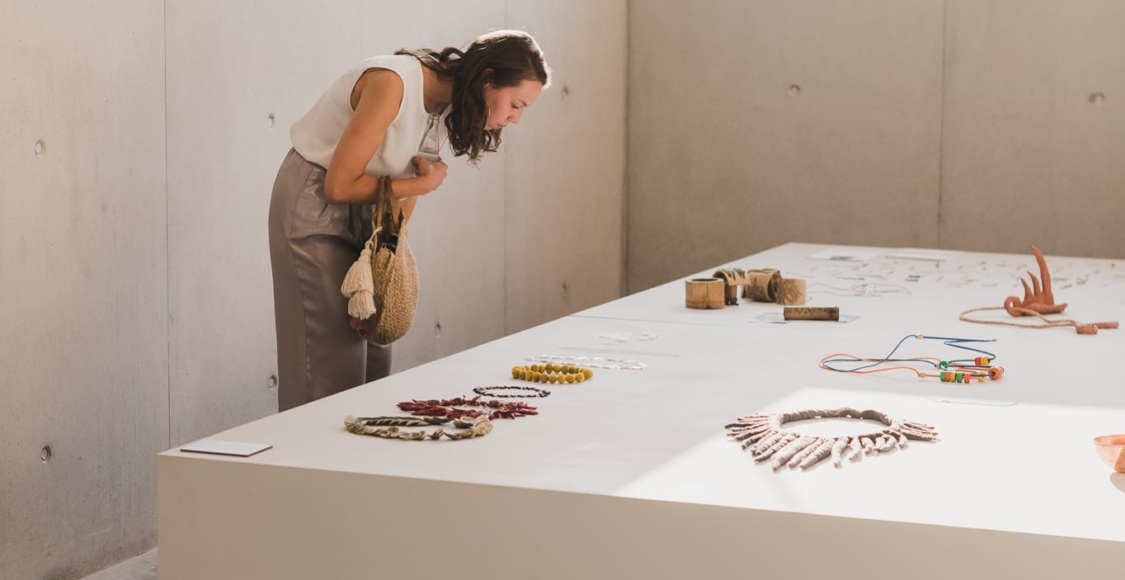
Studio jewellery
Trajectory within the major Jewellery and Goldsmithing
At Sint Lucas Antwerpen, jewellery design is all about translating imagination into jewellery and objects. High-gloss in metal or with a matte finish as in tracing paper, wearable or not, but always meaningful and precious.
Studio jewellery
You will design contemporary jewellery and small objects. You will pay a great deal of attention to developing the content of your artistic work but will also experiment with materials and techniques.
Of course, your own interests and imagination are the starting point for realising a unique piece of jewellery. Every context in which you work is legitimate: whether it is author’s jewellery, fashion jewellery or design jewellery, you determine your own direction.
In doing so, you constantly relate to the characteristics of the discipline; you not only study materials and techniques, but also question traditional archetypes such as the pearl necklace, the charm bracelet or the wedding ring. You learn about historical and contemporary jewellery and the meaning it conveys. As a ‘response’ to this, you develop a contemporary visual language with your own handwriting and content.

Academic bachelor’s programme
In the academic bachelor’s programme, we pay a lot of attention to conceptual thinking, process-based work and documentation. This Study programme also offers a general basic programme where you build up theoretical knowledge and focus strongly on reflection and critical thinking. After this three-year academic bachelor’s programme, you reach the level required to start an artistic master’s programme.
Studio-specific skills
Techniques
Learning (goldsmithing) techniques remains an important part of the program. You always choose the technique in function of the meaning. This also applies to the materials; depending on the idea, the most suitable material is chosen. This can range from metal to textile, from plastic to paper. A program of workshop initiations also gives you the opportunity to specialize in something more cross-disciplinary (photography, screen printing, computer software, …).
Visualise your work
The ‘academic’ aspect of the course lies in the research-based work process and is distinguished at Sint Lucas Antwerp by the way the research is visualised: using various media (photography, video, drawings, publications, etc.), you discover how you can use the different steps in your research as autonomous images and equally present them as artistic output. You don’t necessarily have to make jewellery to refer to the world of jewellery.
Reflection
Reflection is central to this academic programme, you will take a critical look at your own development and reflect on the relevance of your work and that of others. You learn to analyse your artistic process in order to constantly improve your own working method.
Presenting your idea
You gain insight into how to present your results in a communicative and coherent way. This will make you widely employable after graduation: in addition to your artistic training, you will have developed various practical, organisational and reflective skills.
Collaborating
In addition, the education programme places strong emphasis on creating a collaboration between you and others. In this way, every graduate finds a way in the world.
Overarching courses
In other words: the basic curriculum
Manual and technological skills
This course unit consists of a package of initiations that help you at the start of your programme. For example, there are initiations in the field of software and in the workshops. In addition, you also follow a number of interesting studio-specific initiations.
Theory
Part of the theory is the same for all bachelor’s programme years. Philosophy, art anthropology, literature, art history, semiotic studies, culture and media theory, art design and context and art news.
Drawing
As part of the basic curriculum in the first and second year, each student works on developing basic competencies for drawing the human body and its surroundings and for visual analysis. In the second and third years, your drawing comes closer and closer, via elective modules, to the artistic practice you are developing in your studio. Over the three years, drawing becomes an authentic, autonomous and communicative medium for you. It becomes an essential tool for concept, creation and communication that broadens and clarifies your visual language.
Elective programme
The elective programme consists of two parts. Firstly, you participate in a project week every year. Here, you are part of a mixed group of students from different studios from the first, second and third years. In this way, you are confronted with students from different backgrounds and get the chance to develop a network comprising both students and lecturers. Secondly, in the second and third bachelor’s years, you gain more insight into art and culture by choosing from a series of elective courses and elective projects based on the research projects of theory lecturers.
Theory versus practice
The weightage of the courses evolves throughout the three bachelor’s years. Below you will find a visual representation of the courses you will follow in relation to your credits.
- Pratice
- Drawing
- Theory
- Elective programme
First year
Second year
Third year
In the theory lectures
Theory and reflection are an important part of our academic programme. Important as in: this part accounts for one third of the credits. The basic curriculum, for example, contains subjects such as philosophy, semiotics and art history. These are all courses that give you greater insight into art, culture and society. And they provide you with further inspiration and an interesting background for your own work.
In the studio
The theory even seeps through into the studio. In the form of theoretical seminars or as feedback from lecturers teaching theory and practice. Because the latter also have their place in the Studio.
In your chosen electives
The elective programme also contains a range of learning projects based on the research projects of theory lecturers. In this way, you complete the theoretical knowledge you receive with accents based on your own interests.
What does the future look like after the studio jewellery?
A study programme does what it promises: it enables to study a specific domain during which one acquires specific skills and a certain way of thinking. Our students choose their final destination themselves. Discover where they ended up…
An academic year, from one summer holiday to the next
At Sint Lucas Antwerpen, creativity is a constant. ‘Regular’ lecture weeks alternate with studio or project weeks and exhibitions. And exams, of course. This is what a typical year at Sint Lucas Antwerpen looks like:
- Theory
- Practice only
- Jury
- Holidays
- Exhibition
- Lectures
Who teaches the Studio jewellery?
They always have one foot in the professional world and they enjoy sharing all that experience with their students. These qualified professionals will soon be your lecturers.

Hanneke Van Hage

Ludovik Colpaert
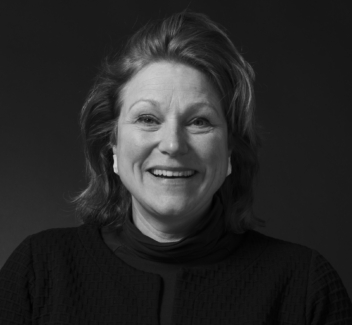
Saskia van Es

Tieke Scheerlinck
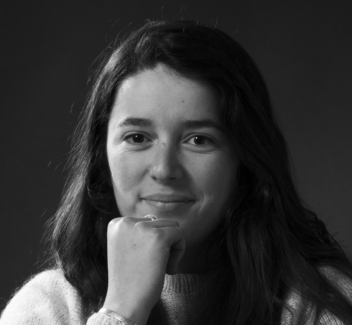
Elise Hoebeke
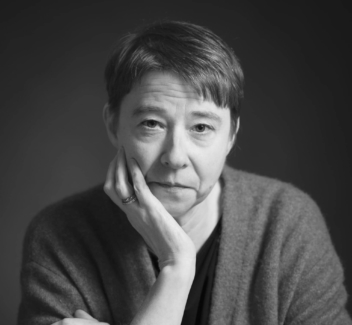
Hilde De Decker
One-semester art exchange programmes
Are you excited to study abroad during one semester?

